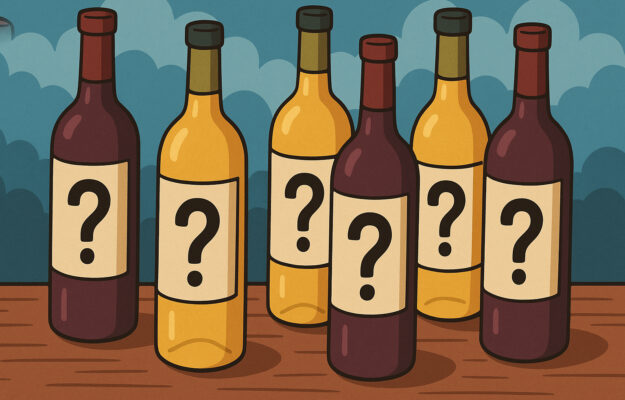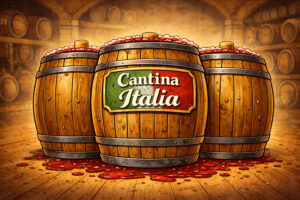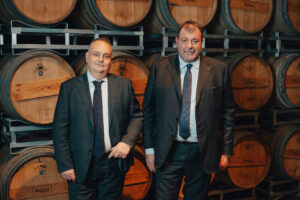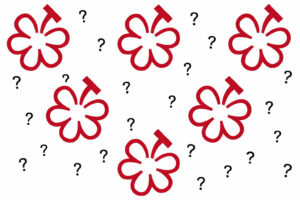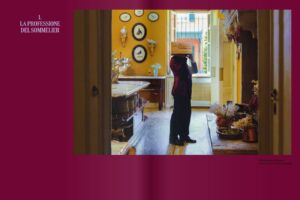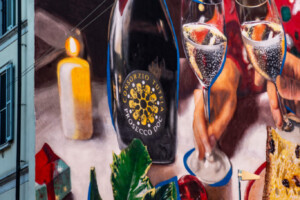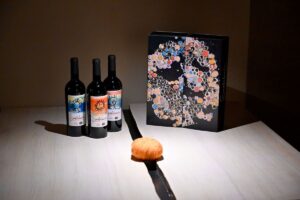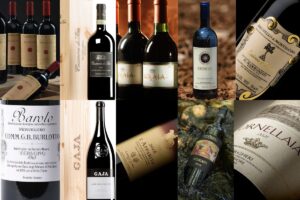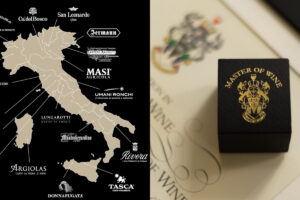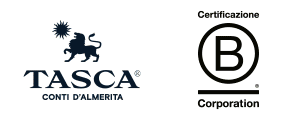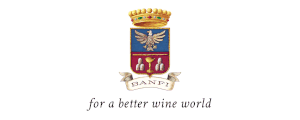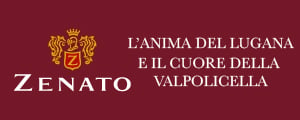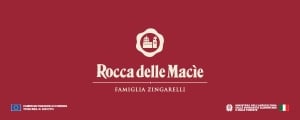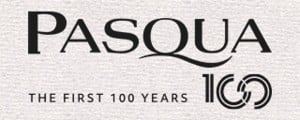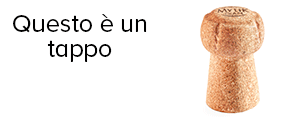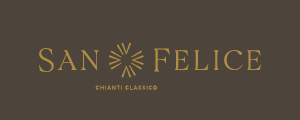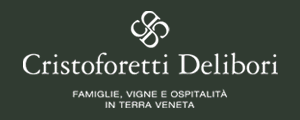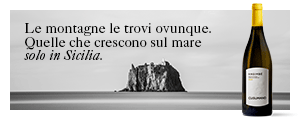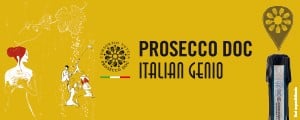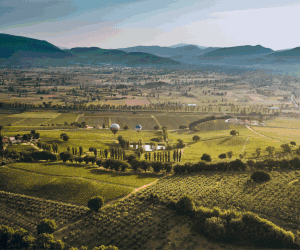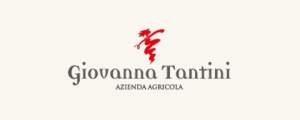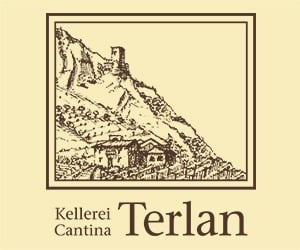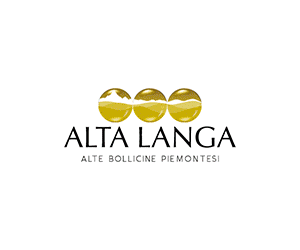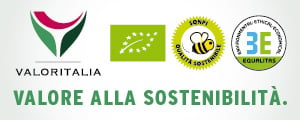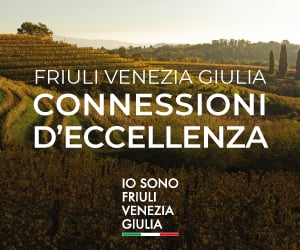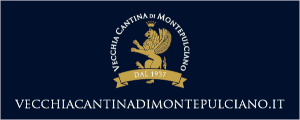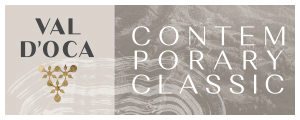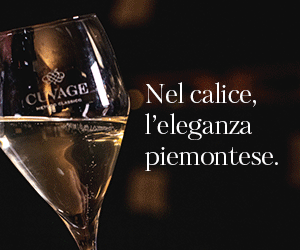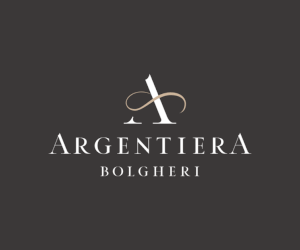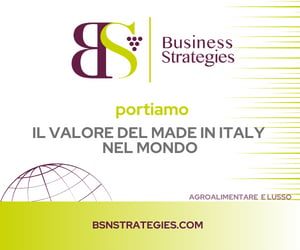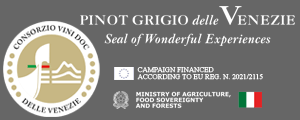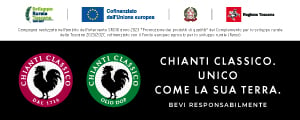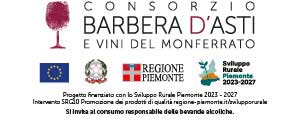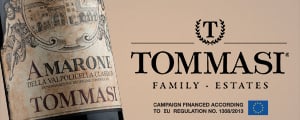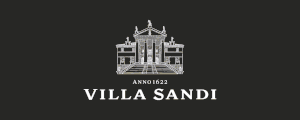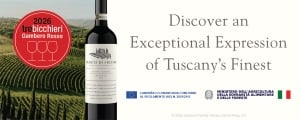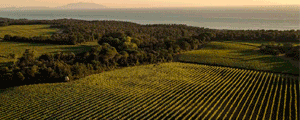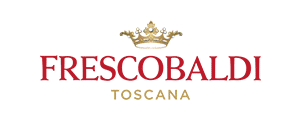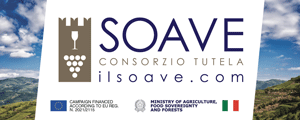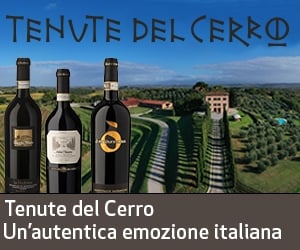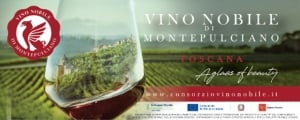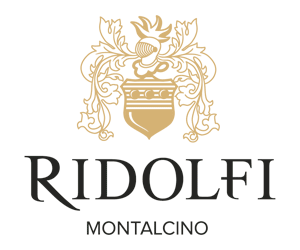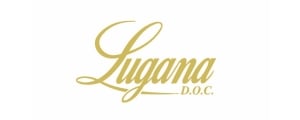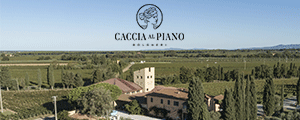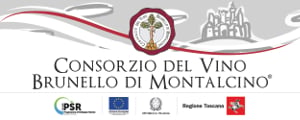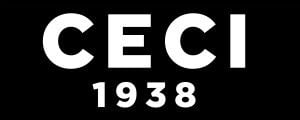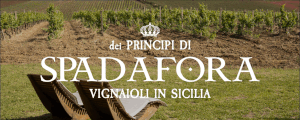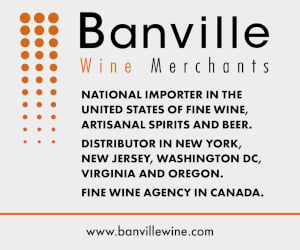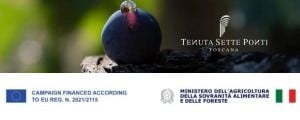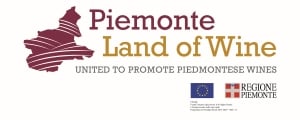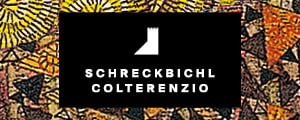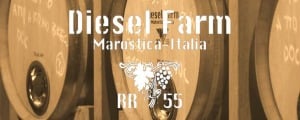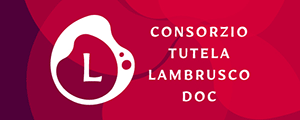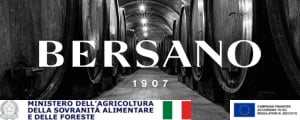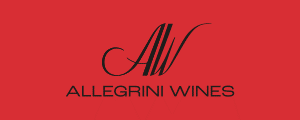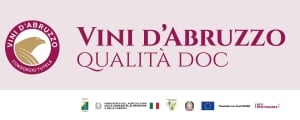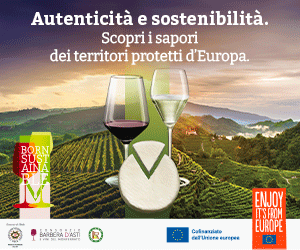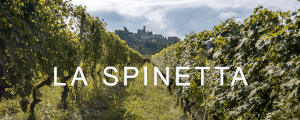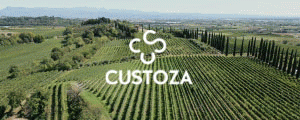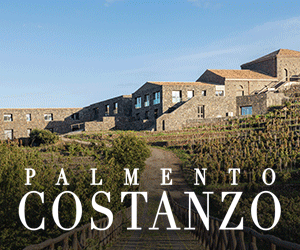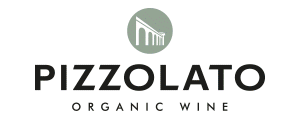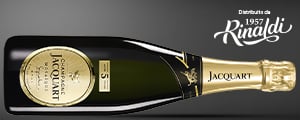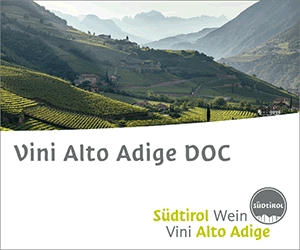“Table wine” wanted. Because if it is true, as all consumption data suggest, that wine is slowly disappearing from the daily table of many people for a variety of reasons (economic issues, health concerns, lifestyle changes, etc.) - with only one in two Italian adults consuming wine, for a total of 29.3 million people, of whom only one in three drinks at least one glass a day, according to Istat data analyzed by WineNews - perhaps it is also because “table wine” has disappeared. In fact, it is no longer mentioned in the Italian wine system, not even in statistics, given that, to quote the words of “Cantina Italia”, the bulletin that monitors stocks, “56.3% of wine held is PDO, 25.2% is PGI, and varietal wines account for just 1.5% of the total. The remaining 17.0% is represented by other wines”.
The term “table wine” or “generic wine” has become almost derogatory in Italy, among professionals and others, and is commonly considered synonymous with poor quality wine (unlike, for example, in the Anglo-American world, where “table wine” essentially refers to all wines that are not sparkling or fortified, ed.). Yet table wine, or generic wine, is a category that should first and foremost represent the base of the Italian quality pyramid, if it were promoted and regulated better than it is today. It could then be a type of quality wine accessible to all, useful for everyday consumption, and which would also serve producers to express their creativity, while allowing them to communicate what they do effectively.
Because today, in addition to communication, labeling regulations also seem to penalize table wine, and not just a little. This is a reflection that we have gathered in recent months from the voices of many Italian wine producers, small and large, artisans, and “industrialists” who make up the diverse mosaic of Italian wine, a sector that is fundamental not only for the economy but also for the symbolic and cultural value that wine represents, from South Tyrol to Sicily, from Marche to Tuscany, and for the great work that winegrowers do in protecting the landscape of Italy. And now that the market is no longer as buoyant as it once was, it has to contend with “production limits”, which have become a central issue, because while DOC and DOCG wines, as well as IGP wines, have limits that are defined and set by production regulations (which, according to many, should also be revised downward in many cases, ed.), for wines without a geographical indication, the ceiling is enormous, at 300 quintals per hectare (which can reach up to 400 with regional exemptions).
But beyond this important aspect, according to some, producing generic wines is currently disadvantageous from a regulatory and communication point of view. For example, although generic wines can also be produced with native varieties, vintage and grape variety - which are important elements in describing and choosing a wine - can only be indicated for those obtained from international varieties, such as Merlot or Cabernet Sauvignon, while for others, neither one nor the other. Furthermore, in addition to this difference, which in some ways discriminates against those who choose one grape variety over another in the same product category, the rule that requires labels to highlight the generic terms “Red Wine” or “White Wine” graphically should perhaps also be reviewed.
The issue is obviously a delicate one, involving a highly complex regulatory framework such as that governing wine, which is subject to European, Italian, and regional regulations, local rules, and, it must be said, sometimes to parochial or sectoral logic that is difficult for consumers to understand. For example, if a producer makes a good wine without a designation of origin, using a historic grape variety from their territory, they cannot name that grape variety on the label unless it is classified as PDO or PGI.
In short, there is a widespread need to reflect on what table wine “used to be”. Keeping in mind that it is true that table wine represents the lowest step of the production quality pyramid (with DOCG at the top, then DOC and finally IGP, which, in any case, are primarily guarantees of the origin of the products and not of their quality tout court, remembering that, in some cases, the raw material for IGP wines can be sourced from outside the region or production area, with a maximum of 15%, ed.), but that this does not mean it should be devalued. On the contrary, it should be reevaluated in a correct manner, with a comprehensive and visionary project that is obviously not easy to calibrate and implement. However, according to current data, this would affect almost 1 in 5 liters of wine produced in Italy.
Copyright © 2000/2025
Contatti: info@winenews.it
Seguici anche su Twitter: @WineNewsIt
Seguici anche su Facebook: @winenewsit
Questo articolo è tratto dall'archivio di WineNews - Tutti i diritti riservati - Copyright © 2000/2025










